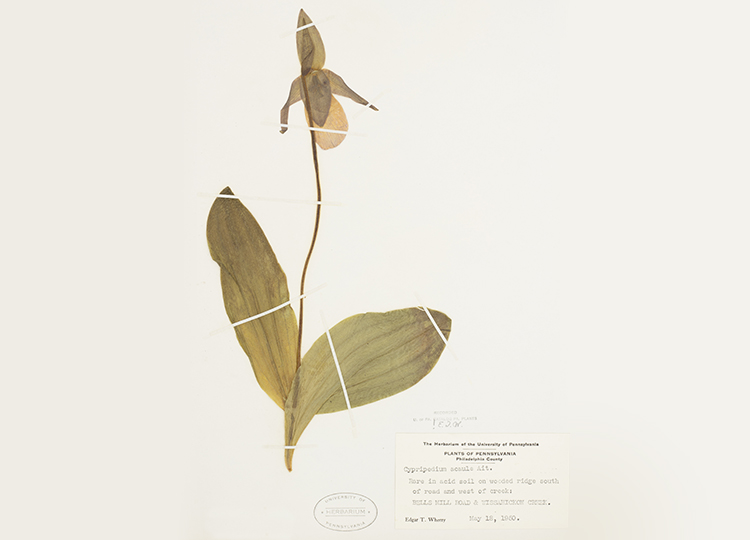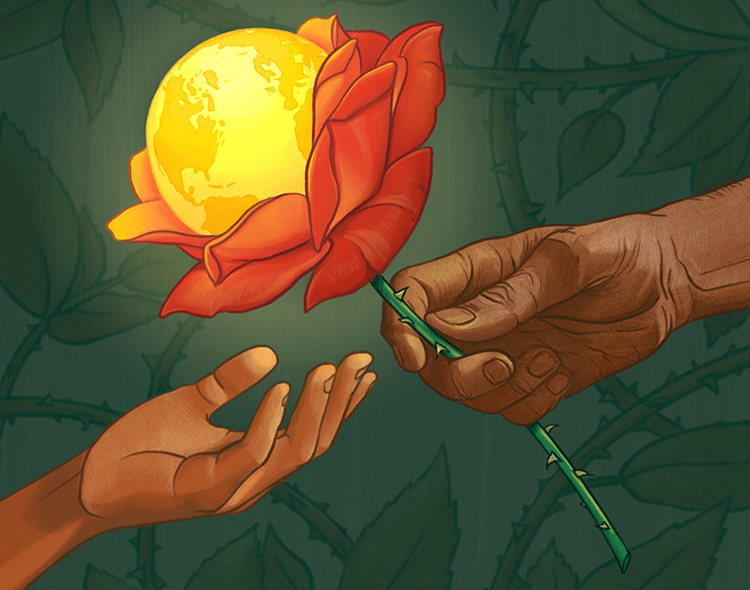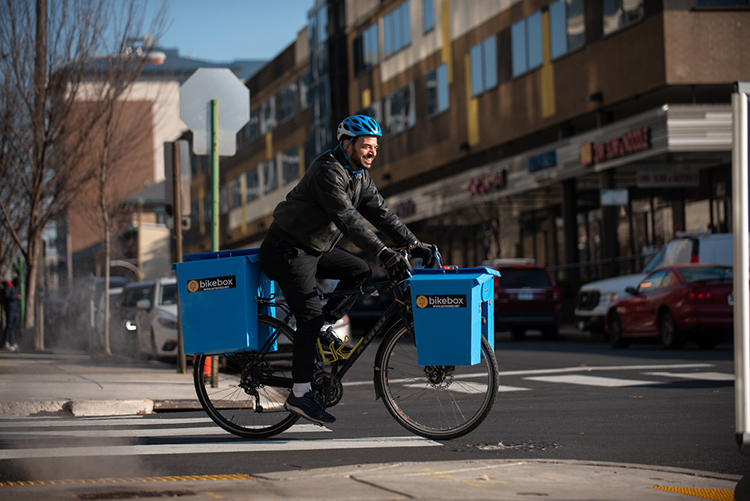By Randy LoBasso
Who do you picture when you think of a cyclist in Philadelphia? For many, it’s a young white man, and if you aren’t a fan of cyclists, you might attach the pejorative “hipster” as a descriptor. But the cycling population is actually very diverse, especially if you look beyond biking advocates, who are often white.
“In the bike world, we use the term [invisible cyclist] to refer politely to the individuals out there riding who have not made their way into policy-oriented bike advocacy,” notes a 2014 League of American Bicyclists study. “[This term has] given us a way to talk about low-income cyclists, immigrant populations or other groups that bike advocates have found hard to reach.”
And these so-called “invisible cyclists” represent a greater share of the cycling community than most casual observers (or Philly.com commenters) may understand.
According to U.S. Census data from 2014, the largest household income group that relies on bicycles for commuting fall into the “$1 to $9,999” range. The second highest? “$15,000 to $24,999.” And recent arrivals to the U.S. are 41 percent more likely than native-born residents to commute to work by bicycle, according to a 2010 University of California, Los Angeles study.
For example, when Brenda Hernandez-
Torres and her family immigrated to Philadelphia, cycling was central to their lives.
“Once we arrived from Mexico, it felt like a privilege to have transportation of your own, like a bike,” says Hernandez-Torres. “So, everyone in my family has always had a bike. That was the majority of my family members’ ways of getting to work.”
Hernandez-Torres is an undocumented citizen and a Deferred Action for Childhood Arrivals recipient. She, like many in her family and community, regularly rode a bike from her Pennsport home to a food service job in West Philadelphia.
Today Hernandez-Torres works with the Better Bike Share Partnership, which teaches classes about bike safety and street laws to underserved communities around Philadelphia. Ultimately, the organization’s goal is to build equitable and replicable bike-share systems, beginning with Philadelphia’s bike share, Indego. Partners in the effort include the City of Philadelphia, Bicycle Coalition of Greater Philadelphia (where I work), the National Association of City Transportation Officials and the People For Bikes Foundation.
Waffiyyah Murray works for the city as the program manager for BBSP. Her goal is to make sure that the benefits of cycling are available to everyone.
“Before bike share launched, we knew that in order for our bike-share system to be successful in Philadelphia, it needed to be accessible to the residents of Philadelphia, regardless of background and income level,” Murray says.
Equity was a goal of Indego’s from the beginning. When it launched, a third of all stations were placed in low-income communities. BBSP’s ambassadors then worked with those communities, neighborhood groups and other stakeholders, to ensure bike share would be a useful tool in those areas.
“Before we rolled it out, we did a lot of surveys, focus groups, listening and learning from community members and residents, asking how they feel about bike share and biking in general, and we used what we learned to create new initiatives,” Murray adds.
Among those initiatives: a cash-payment system, discounted memberships for those citizens with ACCESS cards, bike (and other) education classes and having a presence at community festivals.
This work helps the city and the Better Bike Share Partnership build a network of partners, strengthen relationships with neighborhoods and listen to where communities want (or don’t want) new bike-share stations, bike lanes or other infrastructure.
“It’s not about the bike,” says Murray. “It’s about how the bike can be a tool for access to something else; if a community has a big need around the workforce and jobs, we figure out how can Indego be an easy, affordable way to get to and from a job. If a neighborhood is located in a food desert, we can show residents how Indego can be a resource to access urban farms or healthy food resources. Bikes can be a tool for bridging gaps.”







